Reflecting on this has affected my view of educational design.
Former Governor of Massachusetts Deval Patrick once said, “No child will be able to succeed academically if they don’t first feel safe in school. No teacher will be able to teach at their best if they aren’t confident there’s a plan in place to ensure their school is well prepared for an emergency.” Creating a safer educational institution begins with the facility’s design. Mariana Lavezzo, a K-12 Education designer with the DLR Group, recently talked with SP&M about this approach to creating safer schools.
Architects play a crucial role in helping institutions create spaces that allow ideas, learning, and interests to converge. Yet designing successful interdisciplinary learning spaces requires a deep understanding of evolving challenges and opportunities.
CP&M recently spoke with Stan Chiu, AIA, LEED-AP, Principal, and Dave Paeper, AIA, CID, Principal, of HGA to learn more about interdisciplinary learning, as well as the spaces in which it takes place.
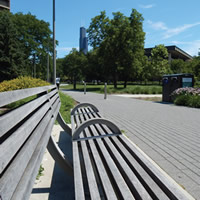
Urban-based institutions are often limited in the size of their campus footprint. Initiatives and installations at these urban campuses are optimizing outdoor spaces to maximize wayfinding, safety, and aesthetics.
James Fleming, executive director of Professional Services at Illuminate Education, has extensive experience using data analytics in conjunction with the K-12 environment. James sat down with School Planning and Management to answer a few questions about the present and future of analytics in schools.
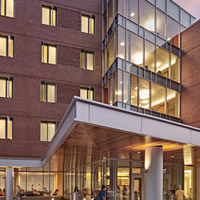
This call to action explores the missed/lost opportunity when sustainability planning for higher ed projects begins too late in the game.
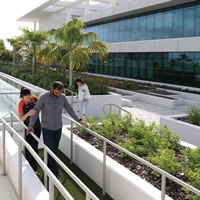
Unprecedented pressure heightens the importance of effective interaction between colleges and the cities they inhabit.
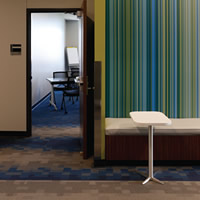
Creating learning environments that positively impact students.
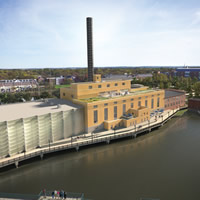
Creative adaptive reuse and retrofit projects are resulting in unique spaces for student living and learning.
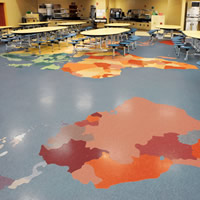
Carpet, tile, rubber, and hardwood? All have their benefits.

An alternative to new construction, renovation.